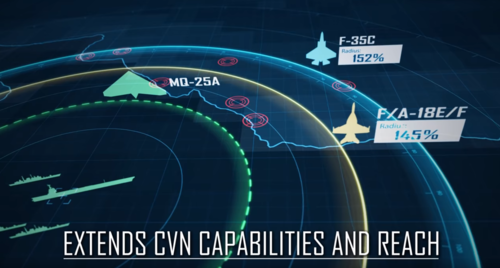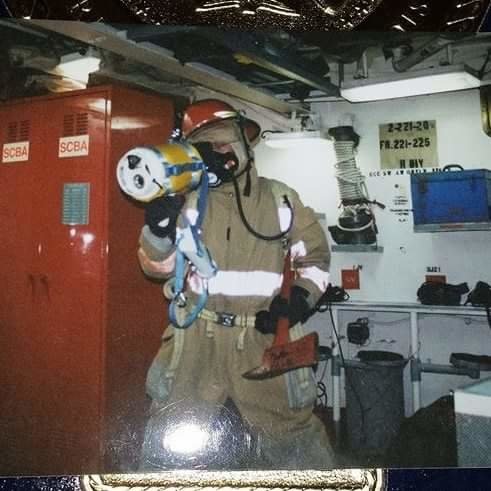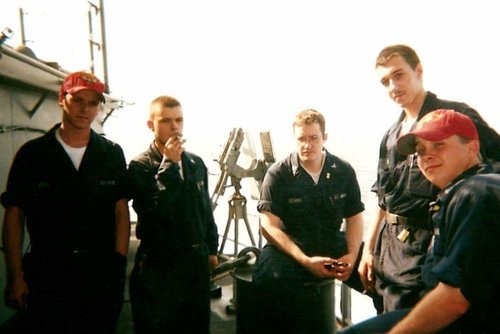If anything I would think the opposite would be true.
One would think so, but unfortunately no. Back in the 2000s when they were designing the CVN 78 class, the Navy decided that the new carriers could be built to a
much less robust standard than the
Nimitz class (including a non-reinforced keel) in order to save money for other 'more important' priorities, since no country would be able to ever again face the United States head on (asymmetrical warfare and counter-terrorism was all the rage back then), as well as supposedly speed up construction. This included deliberately downgraded damage control capabilities (a shortcoming I should note that is common to nearly every single western naval design from that period, when COTS and 'spin-on' were still all the rage). And forget about even token nuclear blast resistance (some thought was given to protection against solid state EMI/EMP generators, but ultimately not proceeded with because of cost considerations and the then prevalent 'Transformational' dogmas). I believe that there is at least one GAO report floating around that examines those dubious assumptions behind this decision and others in detail (some of which dated back to early concept & planning studies in the late '90s, when the 'End of History' theory was still very much in favour). That however has come back to haunt the USN big time; not only can't the
Gerald R. Ford class carriers take a near miss at distance from the smallest of nukes, it turns out they likely can't absorb even light to moderate damage from conventional weapons (at present it is
very easy in theory to mission kill a
Ford and probably not much more effort to sink her altogether). Hence for example the Navy's increasingly desperate attempts to hand wave away the FSST requirements for the class. And that is just one aspect of the new carrier's many, many, woes. With both her survivability and seaworthiness now in serious question, it is not for nothing that the first of class has gotten nicknames such as the 'berthing barge' and 'Big Crappy Ship'. Apparent (and I use that word advisably) mismanagement by Huntington Ingalls of the program is just icing on the cake.
To sum it up, the United States Navy wanted a supercarrier on the cheap (relatively speaking), and they thought it would never have to get near, or God forbid,
in, a real fight.









